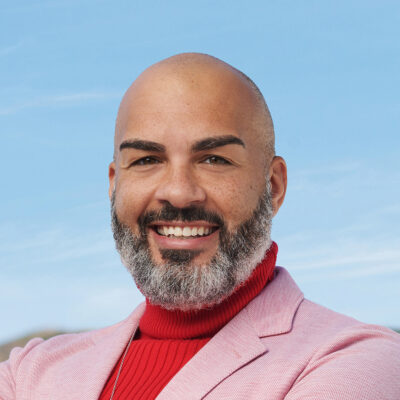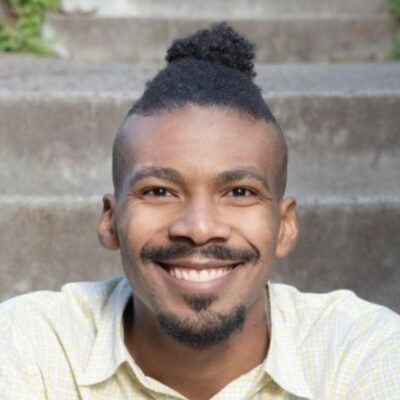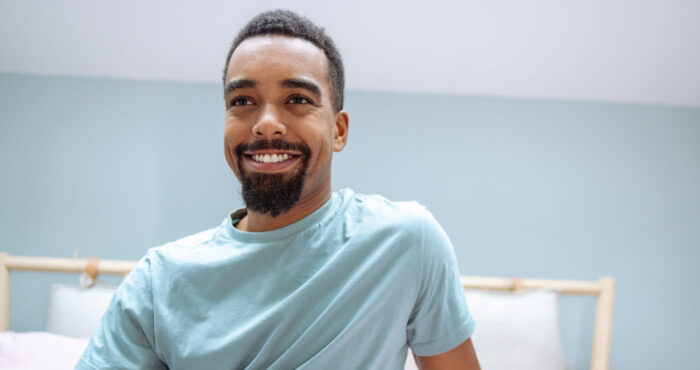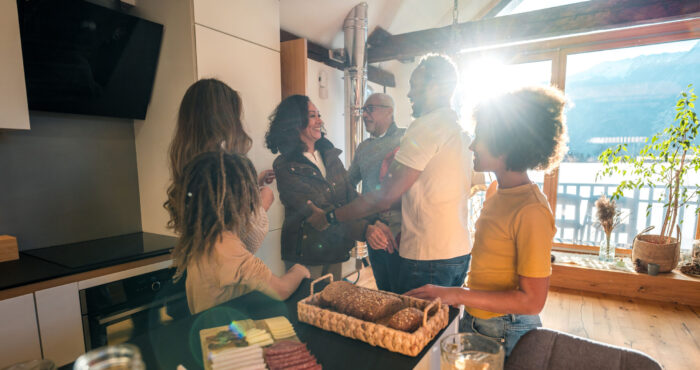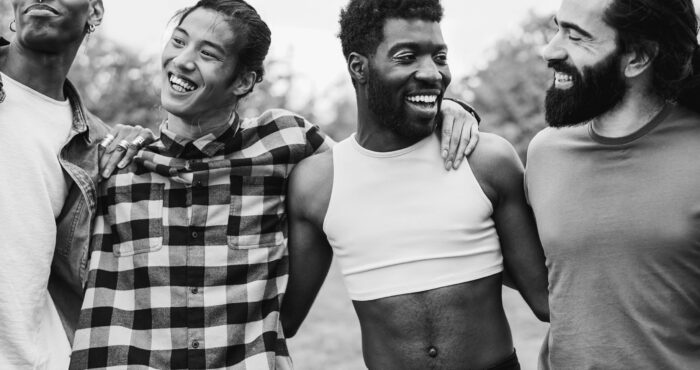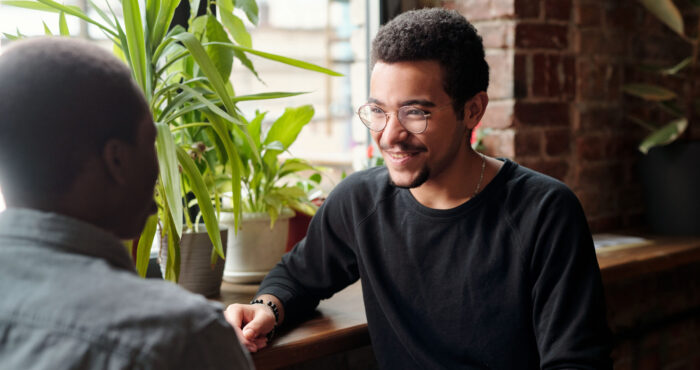What does it mean to bring language justice to sexual health conversations?
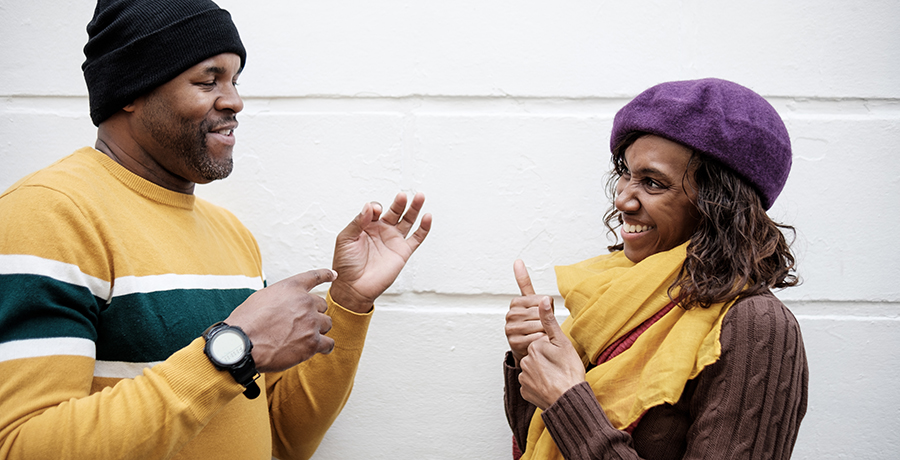
Each year, thousands gather for the National LGBTQ Task Force’s Creating Change Conference, and this year I was among them.
For one weekend, thousands of queers overtook one city block of San Francisco, making it ever gayer than it already was. We paraded in and out of workshop sessions organized by our nation’s leading LGBTQ activists, gathering the know-how to fight for the justice we need today. Economic justice, climate justice, and health justice were all central themes.
It was actually my first year attending the conference, and I found myself enveloped by a space where I felt free to be completely myself, while also being challenged. Those days I learned. I grew. I deepened my understanding of language justice, queer identity, sexuality, and the intersections between them.
I couldn’t help but notice the circles of energetic, vibrant American Sign Language (ASL) signers and translators who also filed in and out of the sessions at Creating Change. Watching them inspired an important takeaway for me. Each of them helped to bring another type of justice to our conversations – language justice.
One of the deaf conference participants asked me about my work with San Francisco AIDS Foundation, and his eyes lit up with joy when he realized that he had read some of my articles. “I learned how to douche better from you!” he said, leaving us both falling over in laughter. As we talked, I realized I didn’t really know much about his experience being deaf.
I believe that because I hold the identities as Black and queer, conversations of justice are not alien to me. I know intimately the feeling of being marginalized on multiple fronts and navigating institutions that weren’t built for my success. But to be quite frank, I hadn’t considered until being introduced to the concept of language justice what this experience might be for the deaf community. Or how language justice impacts sexual health outcomes.
I took some of my questions to transdisciplinary scientist and public health researcher, Dr. Lorne Farovitch, who has committed himself to bringing visibility to the challenges of the deaf community.
As founder of Global Deaf Research, Dr. Farovitch’s mission is to address the cumulative health issues that remain largely undocumented and unaddressed within the deaf community.
Communication barriers can make it more difficult for deaf individuals to access education, job training, and employment opportunities. For example, deaf individuals may face challenges in accessing mainstream schools or job training programs that do not have appropriate accommodations, such as sign language interpreters or captioning.
“Just like with any other topic, communication barriers make it more difficult for deaf people to access accurate information about HIV and AIDS,” Dr. Farovitch told me. “Limited access to healthcare and prevention services, and social isolation that can make it more challenging to access information and support.”
Dr. Farovitch pointed to Kennedy and Buchholz’s (1995) article “HIV and AIDS among the deaf,” which discusses the challenges that deaf individuals face when it comes to HIV and AIDS prevention and treatment. The authors argue that deaf individuals are a largely overlooked and underserved population when it comes to HIV and AIDS education and prevention efforts.
A study by Nora Groce and colleagues (2007) added to the body of research by demonstrating differences in HIV and AIDS knowledge and awareness between deaf and hearing individuals and to explore the factors that may contribute to these differences. They specifically examined HIV and AIDS knowledge among deaf and hearing people in Nigeria.
The study found that deaf individuals in Nigeria had lower levels of knowledge about HIV and AIDS than their hearing counterparts. Specifically, deaf individuals were less likely to know how HIV is transmitted, the signs and symptoms of HIV and AIDS, and ways to prevent HIV transmission. The study also found that deaf individuals had limited access to HIV and AIDS education and prevention programs, as these programs were often not designed to be accessible to deaf individuals.
Both sets of researchers, Groce’s team and Kennedy and Buchholz, urge service providers to increase resources that are accessible to deaf individuals, add sign language interpreters in healthcare settings, and create culturally appropriate HIV and AIDS prevention materials for deaf audiences.
Knowing what I know now, I couldn’t continue living unaware of the challenges of the deaf community. I signed up for ASL classes, which by the way is the third most used language in the United States, and began building deeper friendships with individuals who are deaf and communicate visually. From them and my self-study, I am learning how to become a better advocate for accessibility. Please join me! You can learn more about this issue in this excellent article from BU School of Public Health.





